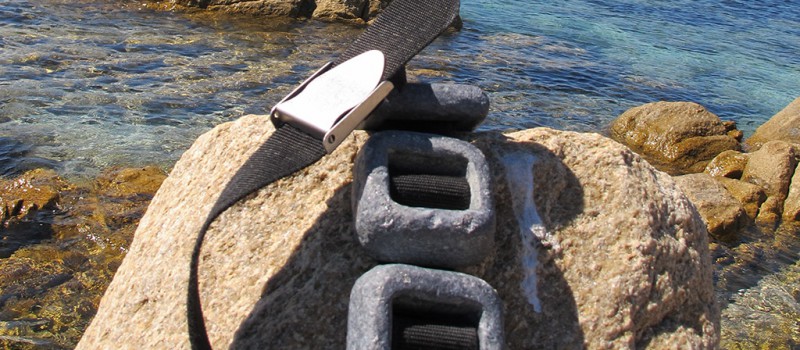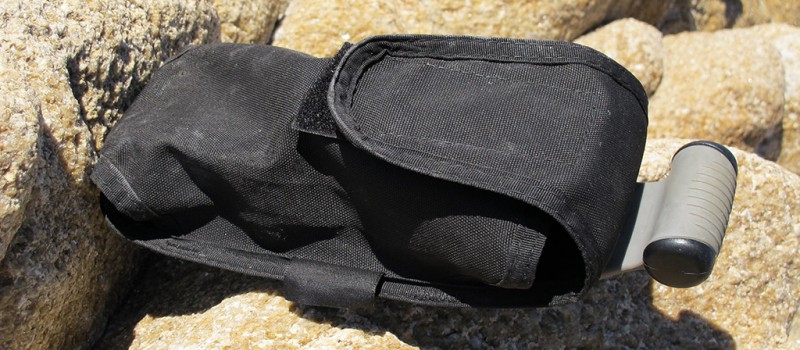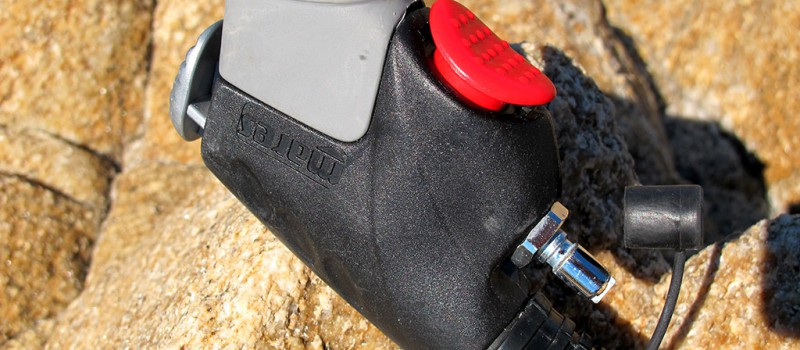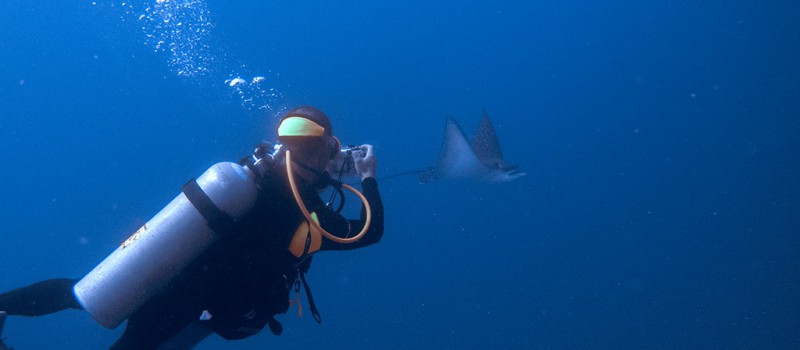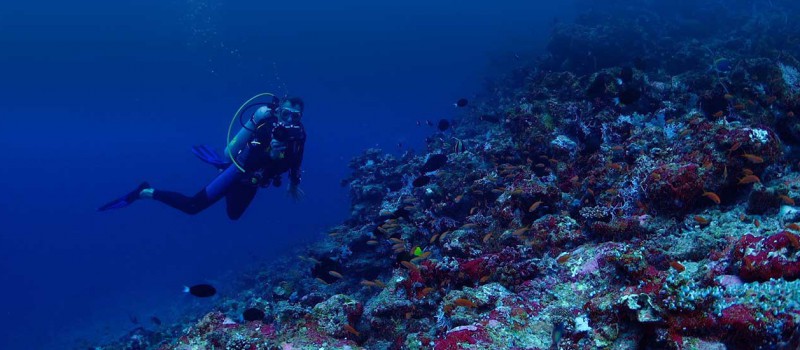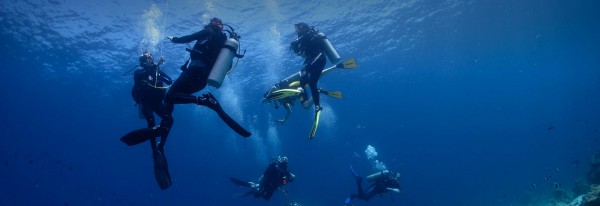From the first time you try scuba diving you realise that moving underwater is not as easy as you thought.
All the new equipment, the heavy tank and unfamiliar fins at the beginning feel a bit uncomfortable. Even swimming in a straight direction is not so straightforward, and then you also have to take care of the depth you’re standing and it all becomes at least… overcoming.
This is normal; you’re in a new environment, with new equipment and you have to take care of a lot of details. This is something every beginner in diving experiences and even for the more experienced ones, sometime, showing a good buoyancy control does not come entirely natural.
Let’s see together what you can do to master this very important aspect of scuba diving and how to turn into an easier and full-of-fun experience.
Equipment that fits
Make it easier for yourself, use good equipment that fits well. If you BCD is too big it will make the tank roll form one side to the other, causing you to roll with it. The tank is the heaviest part of your gear and if it is not properly fixed it will drive you crazy underwater while a well secured one is a completely different story.
Right amount and position of weights
This is critical. Most of the divers are usually overweight, this means that they need too much air in their Buoyancy Control Device, making it wobbly. There are two main characteristics that you have to consider about weights underwater: 1) the quantity of led; 2) the position of it.
The right amount of weight
This is the first and most essential step that you have to deal with when you want to improve your buoyancy control: have the right amount of weight. To do so you should run a weight check before diving.
How to check if you have the right amount of weight
When you enter in the water with full gear, empty completely the BCD form air, if you’re properly weighted, you should float at eye level when holding a normal breathe and you should start to sink slowly when exhaling.
Please note that when the tank is empty you’re more buoyant, you can calculate more or less one kilo.
Another good way to check if you weight is correct is the following: at the end of the dive, when you have 50 bar or less of air in your tank, you should be able to comfortably stay at a depth of 5 meters (safety stop) without air in your BCD.
A good placement of the weights
The way you arrange your led is also important and can greatly impact the way you control your buoyancy.
If you’re wearing a weight belt make sure to divide the weights equally and position them around your hips.
If you’re using an integrated weight system, divide the led equally on the right and on the left pockets.
Another tip could be to put, if you BCD allows it, one kilo on each site of the velcro that holds the tank, I personally really like the weights there as they help stabilising my position.
Good control of your BCD
Your jacket is not a toy and shouldn’t be used as one. You should actually use it the least possible. Use it for macro regulations and use the breathe for the micro regulations (read next paragraph to know how).
There are 3 tips that you have to keep in mind when using your buoyancy compensator:
- Remember that the air goes up: when you’re trying to empty your BCD make sure you’re perfectly vertical and the corrugated hose is pointing to the surface.
- Give it time: it takes a couple of seconds both when you inflate it and when you deflate it for the change to be reflected on your buoyancy, so once you did one of the two actions count till two and if the buoyancy is still not good try using it again.
- Be moderate: when you inflate or deflate you BCD always press the valves slightly otherwise you’ll keep inflating and deflating the whole dive.
Use your breathing
This, in my point of view, is the most important way to master your buoyancy control: the way you breath.
Let’s have a look at the 3 key points:
- When you breath out you become less buoyant and slowly start to go down.
- When you breath in you become more buoyant and slowly start to go up.
- The slower you breath the steadier your buoyancy will be.
If you didn’t realise it yet, your lungs works the same way as your BCD, this means that you can use it for all the micro regulation, for example if you need to swim over a rock, you can simply breath in a bit stronger than usual.
Using your breathe instead of the BCD makes sure that you don’t alter your main buoyancy and once your change of route is over, you are still perfectly buoyant. If you had inflated the buoyancy control device to go over the rock then you would have needed to deflate it and the BCD game would start all over.
The other trick is to be coordinating with your swimming. For example if, when you fin kick, you tend to go slightly up, breath out during the action and, if you’re slightly negative when you’re not fin kicking, then breath in when you’re resting. This will keep you balanced.
Inclination and head pointing
The last tip is about your position. You have to be as horizontal as possible. Think of your head like a helm, if your head is pointing up you’ll swim up, if is pointing down you’ll swim down.
Being horizontal creates also more resistance in the water, giving you more stability.
Conclusions
Mastering good buoyancy is a mix of skills, that you can easily learn, and with a bit of experience, that won’t take long to get. To sum it up:
- Get equipment that fits right.
- Dive with the right amount of weights and well positioned.
- Use little your BCD, only for macro regulations.
- Use you breathing for all the micro regulations.
- Stay horizontal and use your head as your helm.

